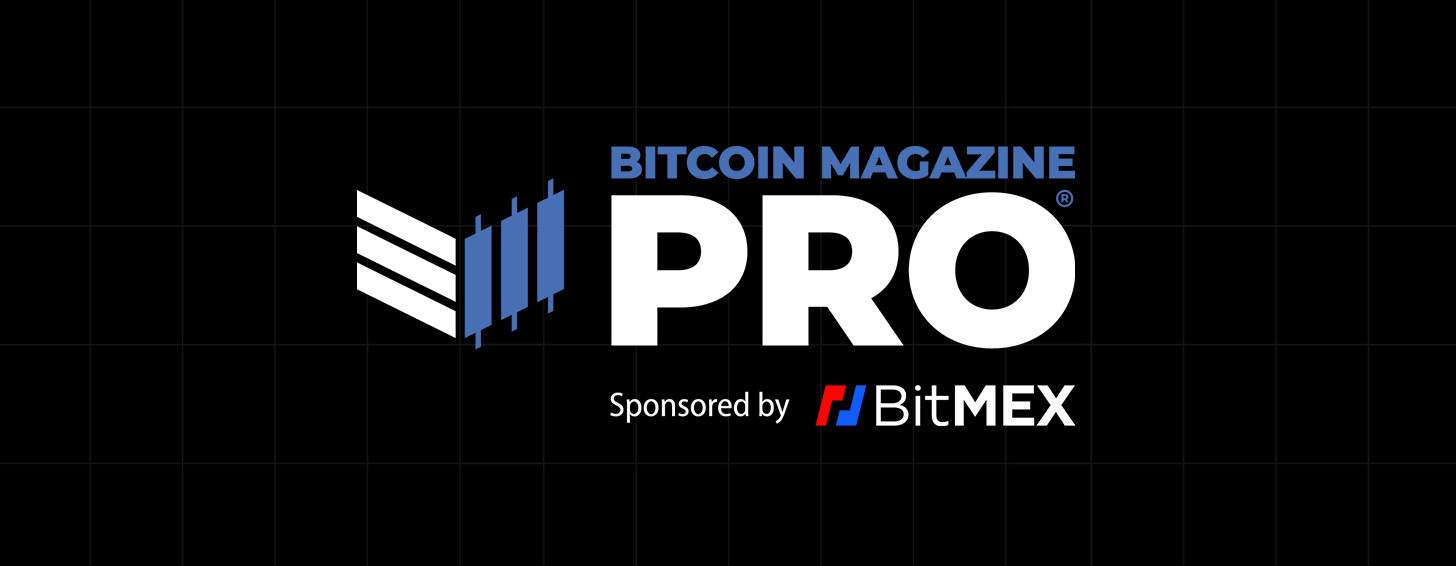Take A Hike: Fed Lags Miles Behind The Curve On FOMC Eve
Buckle up for tomorrow's FOMC meeting. As the market hangs on the edge of continued rally or turnover, post-conference commentary may drive exceedingly volatile market reactions.
Relevant Past Articles:
November FOMC Meeting
All eyes across global markets are on tomorrow’s (11/2) FOMC meeting. At this point in the global liquidity cycle, seemingly every asset class is part of the same implicit trade. The tough talk from the Fed, the central bank of the dollar-indebted world, has held up so far in 2022, as they embark upon the fastest tightening cycle in modern history.
Consensus for the size of tomorrow’s hike is 75bps, which would raise the policy rate to 4.00%.
Much of this hiking has already priced itself into the front end of the U.S. Treasury curve, which has led to all sorts of inversions across various maturities.
In terms of the yield curve, across any duration that matters, an inversion has happened — a phenomenon that typically occurs before an economic slowdown, as short term yields rising disincentivizes the investment of capital over long durations due to “attractive” short end yields. Lend your money to the U.S. government for 30 years and lock in 4.13% or for three months at 4.13% and reevaluate then? Duration risk is real and the pace of this tightening cycle on the backs of record inflationary conditions across the globe has left investors uneasy on the long-term prospect of government paper. No kidding.
Take a look at when the last two previous inversions of the 30-year Treasury and 3-month Treasury occurred and what happened to the equity market in the following months/years. This precedes the carnage that comes with the bust phase of the Keynesian business cycle.
In terms of monitoring how the bust phase of the economic cycle is occurring, we can look at the spread between the Fed Funds Rate and the 2-year Treasury.
Arguably, the Fed is still behind the curve and, per their mandate, shouldn't have “let” inflationary pressures get this out of control while still stoking the flames with zero-interest rate policy and $120B/month of quantitative easing bond purchases. Due to the blunder and subsequent hit to their credibility, the Fed is attempting to induce pain in the labor market and in asset prices until inflationary concerns abate.
It's a bold strategy and it’s one that is entirely destined to fail. But they’ll likely end up crashing everything while trying. However, the nominal economy — meaning gross domestic product expectations (not inflation adjusted) and the labor market — is still piping hot. The market looks to be believing that Fed policy is in an entirely new regime going forward.
Shown below are the rate expectations for January 2023 and January 2024 across various timeframes.
For bitcoin, which has traded with an impressive lack of volatility over the past three months, the asset is likely to follow the broader global liquidity tide (It’s All One Trade). Shown below are some more insightful charts on the state of the global macro environment and their relationship with bitcoin.
Lastly, shown below is the bitcoin price with its average on-chain holder cost basis (realized price). Bitcoin is in a classic bear market consolidation phase, that may not have more pain ahead. These periods, where panicked/leveraged investors transfer their holdings to the prudent and well-capitalized, are what create the conditions for the next bull run.
Thank you for reading Bitcoin Magazine Pro, we sincerely appreciate your support! Please consider leaving a like and letting us know your thoughts in the comments section. As well, sharing goes a long way toward helping us reach a wider audience!














